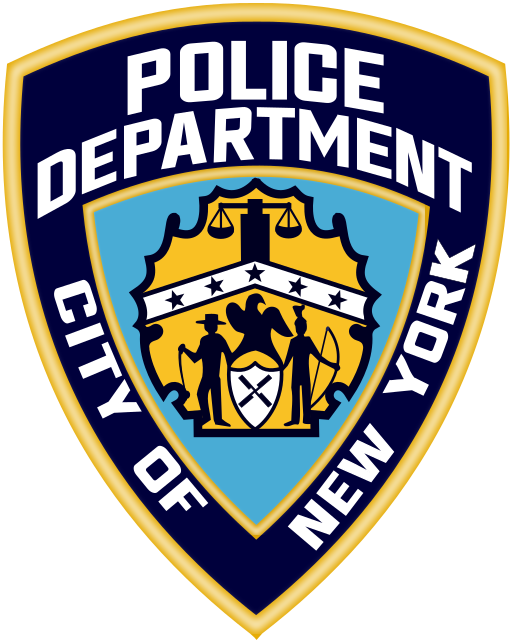Promising Practice:
The 7-C's in Practice — An Example from the NYPD


The following incident is real-life example of the 7-C’s in action. It demonstrates the importance of the first first-line supervisor taking charge of the scene through a comprehensive and coordinated response that follows the 7-C’s. It also illustrates how, by using the 7-C’s, the initial supervisor can smoothly hand off incident command to a higher-ranking member once they arrive on scene.
In January 2021, security at the Queens Place Mall in Queens, NY called 9-1-1, reporting a suspicious vehicle. The vehicle was a Tesla with Nevada license plates and was parked on the mall’s parking garage entrance ramp.
Mall security called 9-1-1 at 9:30am, 30 minutes before the mall was to open and reported that the car appeared to be loaded with explosives.
A New York City Police Department (NYPD) patrol unit responded, and upon arrival conducted a cursory search of the area in question. On a spiral entrance ramp between the 2nd and 3rd floor of the parking garage, they discovered a black Tesla with Nevada plates and political propaganda taped over the exterior of the vehicle. The patrol unit confirmed what appeared to be an explosive device inside of the vehicle. They conducted a check of the license plates and discovered that the vehicle had been reported stolen two days prior in Las Vegas, NV. At the mall, witnesses reported observing two unidentified males walking away from the garage entrance hours earlier.
The unit requested backup and a patrol supervisor.
The “7-C’s” began once the supervisor arrived. There is inherently a great deal of fluidity with the “C’s,” so they are not always used in order.
- The Supervisor was the acting Incident Commander (IC) and immediately requested additional personnel. (C-1 Command) (C-2 Control)
- A mobilization was activated for Patrol personnel, Emergency Service Unit, Bomb Squad, Detective Bureau, and Traffic Division. The Fire Department (FDNY) and Emergency Medical Services (EMS) were also requested. (C-5 Coordinate)
- A Command Post was established 1-block away. (C-1 Command)
- A mobilization/staging area was designated over the radio. The staging area was placed behind another building which acted as cover from a potential blast. (C-1 Command)
- The patrol supervisor gave preliminary briefings to responding agencies and department units who then developed a joint operational plan. (C-3 Communicate) (C-5 Coordinate)
- Patrol assignments were promptly given by the supervisor with instructions for particular officers and posts. These included the evacuation of adjacent buildings, traffic control in a two block perimeter, video canvas etc. (C-3 Communicate) (C-5 Coordinate)
- Points of ingress and operational zones were established. (C-4 Containment)
- Traffic routes were communicated via dispatchers and the Operations Division. (C-4 Containment)
- The Borough Commander arrived, who was briefed and assumed IC with his deputy acting as his aide to further coordinate resources at the scene. (C-3 Communicate) (C-5 Coordinate)
- Investigators from the NYPD and federal agencies were on the scene and worked together to quickly gather information and intelligence. They communicated verified information to the IC, who in turn notified officials at NYPD Headquarters for dissemination to the Executive Staff as well as our Public Information staff. (C-3 Communicate)
- Once the scene was established, specialized personnel can perform their specific responsibilities. (C-5 Coordinate) (C-6 Complacency)
- This incident was safely mitigated in approximately 2 ½ hours with the suspected explosive device identified as a hoax. The large scene then collapsed to a smaller scene for evidence processing, and detectives took over the investigation. (C-5 Coordinate) (C-6 Complacency)
- There was not a formal After Action Review conducted; however, an informal debrief among individual units occurred. (C-7 Critique)
[Back to Managing a Critical Incident ]
|